Home renovations can transform your living space and boost property value, but knowing which projects to DIY and which to leave to professionals can save you time, money, and headaches.
Some projects are perfect for weekend warriors looking to build skills and save cash. Others require specialized knowledge that makes calling in experts the smarter choice.
This guide will help you decide when to grab your tools and when to grab your phone instead.
1. Painting Walls and Cabinets: The Ultimate Confidence Builder
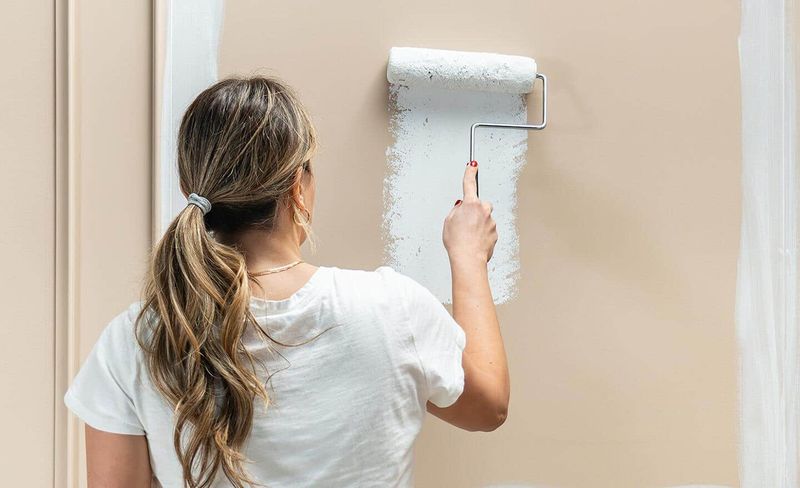
Fresh paint delivers the biggest bang for your renovation buck. With some basic supplies and a free weekend, you can completely transform a room’s mood and appearance.
Proper preparation makes all the difference—clean surfaces thoroughly, fill holes with spackle, and use painter’s tape for crisp edges. For cabinets, remove doors and hardware first, then lightly sand before applying primer.
Many homeowners discover hidden talent when painting. The immediate visual payoff builds confidence for tackling more complex projects later. Even mistakes are easily fixed with another coat, making this the perfect starter project.
2. Light Fixture Replacement: Brighten Spaces Without Shocking Expenses
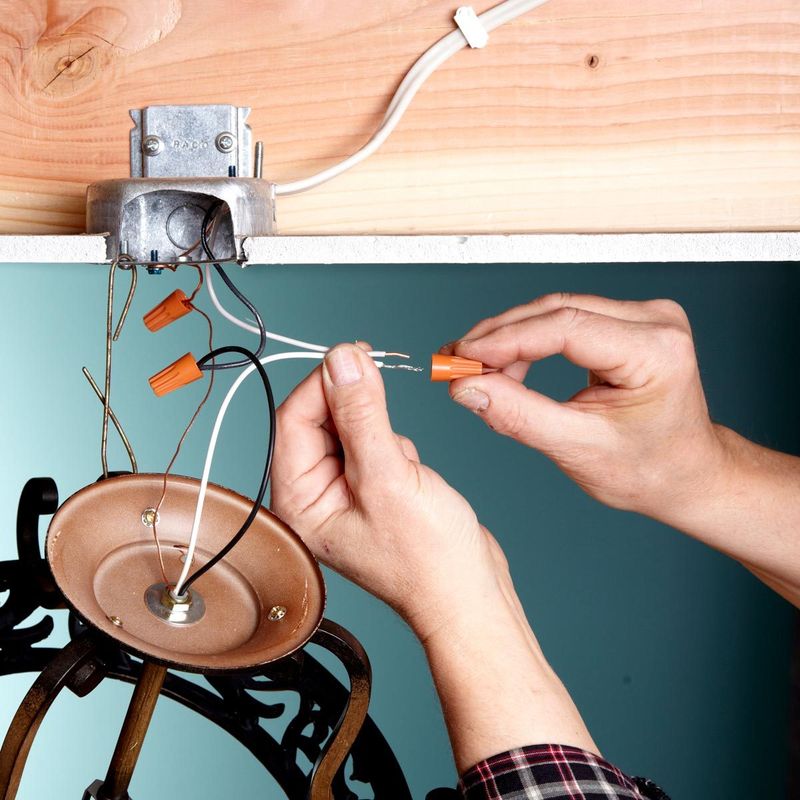
Outdated light fixtures age your home faster than almost anything else. Swapping them out is surprisingly straightforward, provided you follow safety precautions like turning off power at the breaker box first.
Most fixtures follow standard installation patterns—disconnect the old wiring, attach the mounting bracket, connect black to black and white to white wires, then secure the fixture. Always use a voltage tester before touching any wires to confirm power is truly off.
Modern fixtures instantly modernize spaces while often providing better lighting. This quick upgrade typically takes under an hour per fixture but looks like you spent thousands on renovations.
3. Backsplash Installation: Tile Your Way to Kitchen Glory
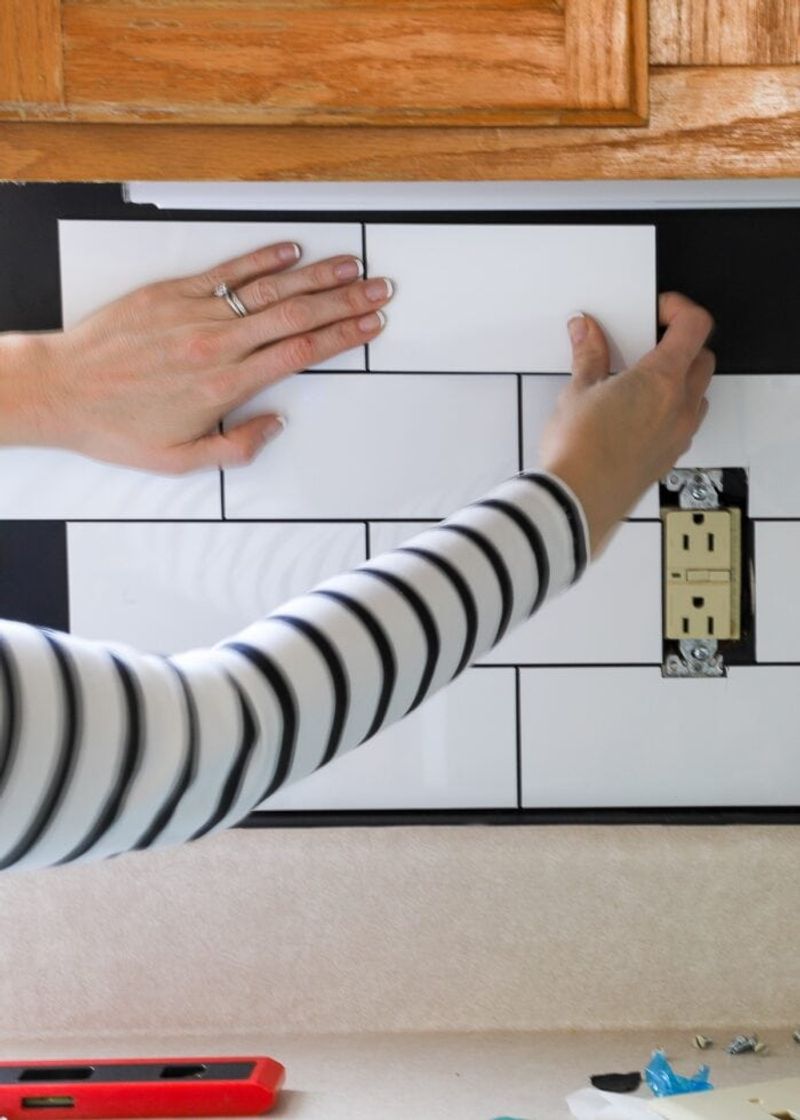
Kitchen backsplashes offer major visual impact in a manageable project size. Modern peel-and-stick options provide training wheels for beginners, while traditional tile installation builds serious DIY credentials.
Start with careful measurements and a level line. Pre-mixed adhesive and simple tile spacers help maintain professional-looking alignment. Work in small sections, allowing adhesive to set properly before continuing.
Weekend warriors often find tiling surprisingly satisfying—the repetitive process becomes almost meditative. The dramatic before-and-after results make this project especially rewarding. Plus, the confined area means mistakes won’t be catastrophically expensive to fix.
4. Furniture Refinishing: Old Pieces, New Life
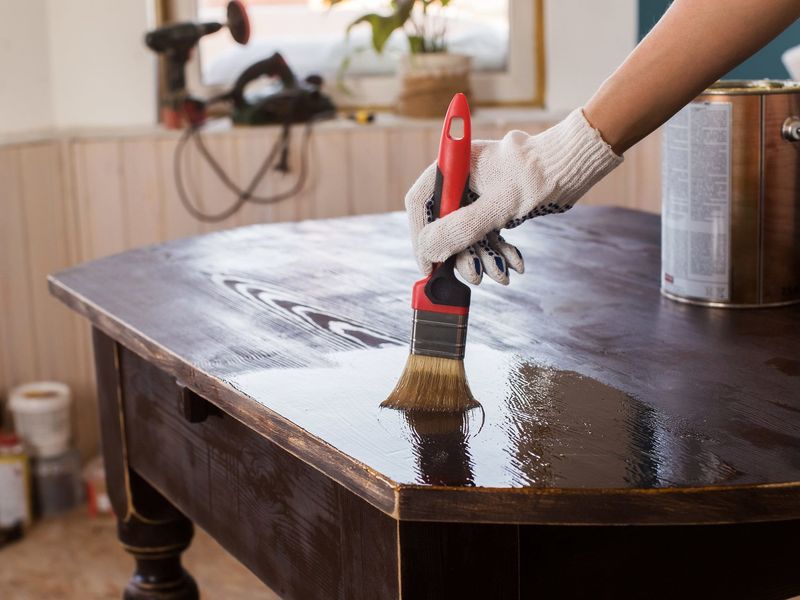
Hidden treasures often lurk beneath layers of old paint or stain. Refinishing furniture lets you customize pieces perfectly for your space while saving hundreds compared to buying new.
Start by stripping old finishes with chemical removers or sanding. The transformation begins once bare wood emerges—repair any damage, then apply stain or paint in your chosen color. Multiple thin coats of protective polyurethane ensure durability.
Family heirlooms gain renewed purpose through refinishing. That scratched-up dresser from your grandparents might become your home’s conversation piece. The personal connection to something you’ve restored yourself adds value no store-bought item can match.
5. Cabinet Hardware Swap: Small Change, Dramatic Impact
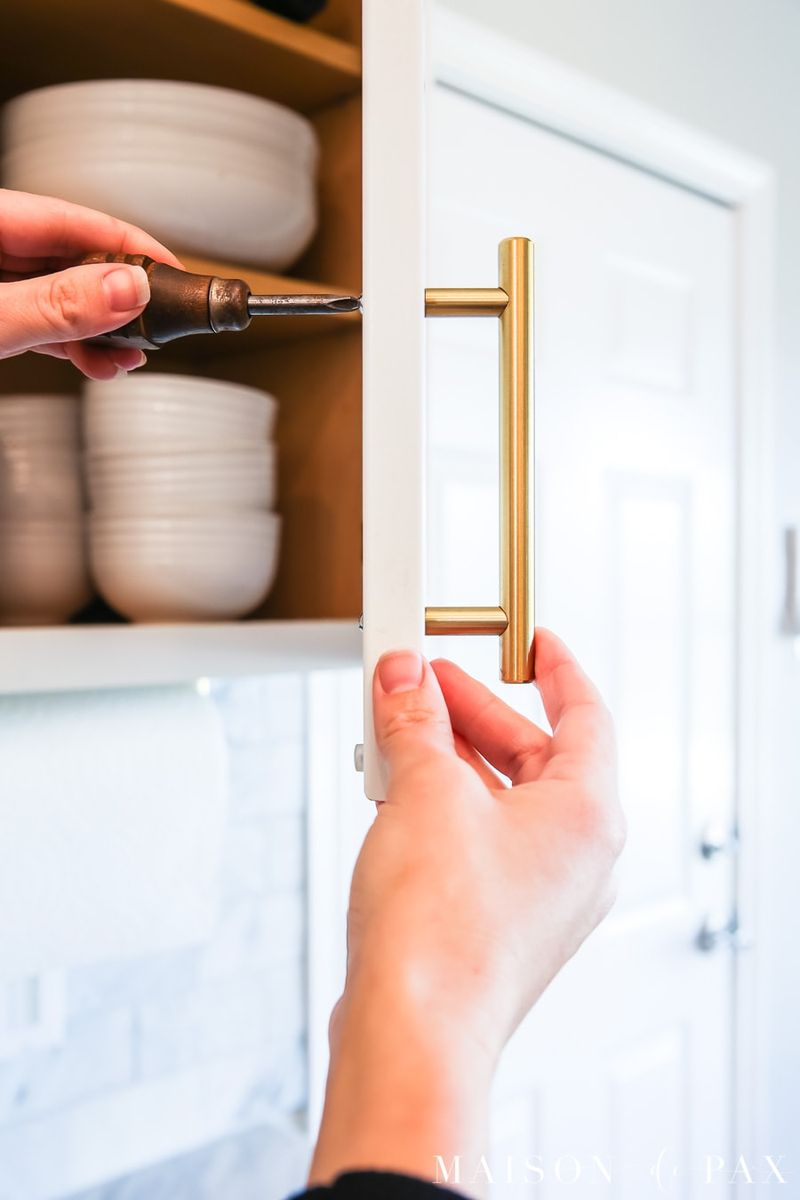
Replacing dated knobs and pulls ranks among the easiest yet most transformative updates you can make. This beginner-friendly project requires minimal tools—typically just a screwdriver and measuring tape.
The secret to success lies in choosing replacement hardware that fits existing holes. Measure the distance between screw holes on drawer pulls (called “center-to-center measurement”) before shopping. For entirely new hole patterns, create a simple template from cardboard.
Hardware provides jewelry-like finishing touches to cabinets. Matte black creates modern drama, while brushed nickel offers timeless appeal. This two-hour project instantly updates kitchens and bathrooms without the massive expense of full cabinet replacement.
6. Weatherstripping: The Money-Saving Draft Defender
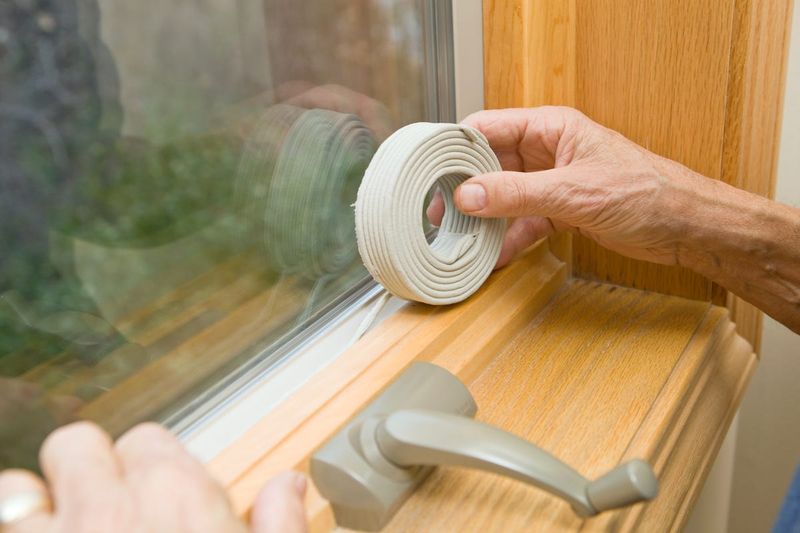
Gaps around doors and windows silently drain money through escaped heating and cooling. Installing weatherstripping creates an invisible shield against energy waste while improving comfort throughout your home.
Different openings require specific solutions—V-strip for windows, door sweeps for exterior doors, and foam tape for smaller gaps. The application process involves simple measuring, cutting, and adhering the materials according to package instructions.
Many homeowners report noticeable temperature difference immediately after installation. Beyond comfort, you’ll appreciate the reduced utility bills. This under-appreciated project typically costs less than $100 for an entire house but can save hundreds annually in energy costs.
7. Floating Shelf Installation: Wall Storage Made Wonderful
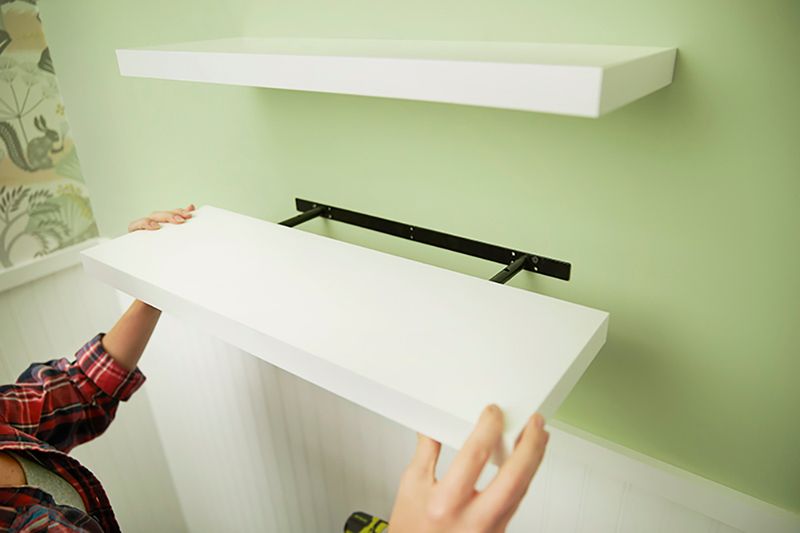
Floating shelves add storage and style without consuming precious floor space. The clean, bracket-free look creates architectural interest while showcasing books, plants, or collectibles.
Success hinges on finding wall studs—the solid wooden framing behind drywall. Use a stud finder or the old-school knocking method to locate these structural supports. Anchoring directly into studs provides maximum strength and stability.
Experiment with asymmetrical arrangements for modern appeal or traditional symmetry for classic spaces. The versatility of floating shelves makes them perfect for awkward corners, small bathrooms, or kitchen walls. This affordable weekend project creates display opportunities throughout your home while building basic wall-mounting skills.
But for these next 5? Step away from the toolbox and call in the experts.
1. Complex Electrical Work: When Wires Mean Worry
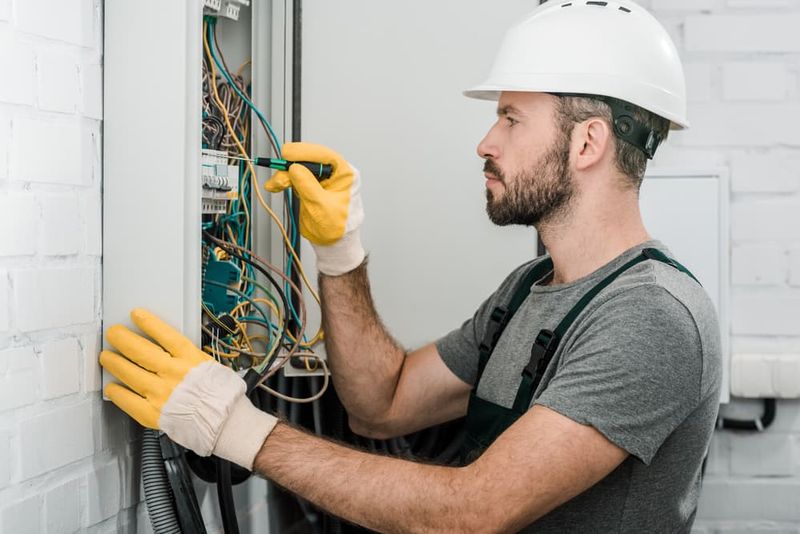
Electrical mishaps cause approximately 51,000 home fires annually. Beyond simple fixture swaps, electrical work involves navigating complex building codes and safety standards that protect lives and property.
Panel upgrades, new outlet installation, and rewiring projects require specialized knowledge of electrical systems. Professionals understand load calculations and grounding requirements that prevent dangerous overloads. They also secure proper permits, ensuring your insurance remains valid.
Licensed electricians complete complex projects faster and safer than homeowners could. The investment in professional installation provides documented work that meets code requirements—crucial when selling your home later. When it comes to electrical systems, the potential risks of DIY simply outweigh the monetary savings.
2. Plumbing Overhauls: Water Wisdom Worth Paying For

Water damage from failed DIY plumbing attempts costs homeowners millions annually. Major plumbing projects involve understanding complex pipe systems, water pressure dynamics, and local code requirements.
Professional plumbers bring specialized tools and expertise for bathroom remodels, pipe replacements, and water heater installations. They can spot potential issues before they become expensive emergencies. Their work typically includes warranties that protect your investment.
While replacing a faucet might be DIY-friendly, rerouting supply lines or installing new drains demands professional attention. Water damage from improper installation can destroy flooring, drywall, and even structural elements. The cost of professional plumbing prevents far more expensive repairs down the road.
3. Structural Modifications: Leave Wall Removal to the Pros
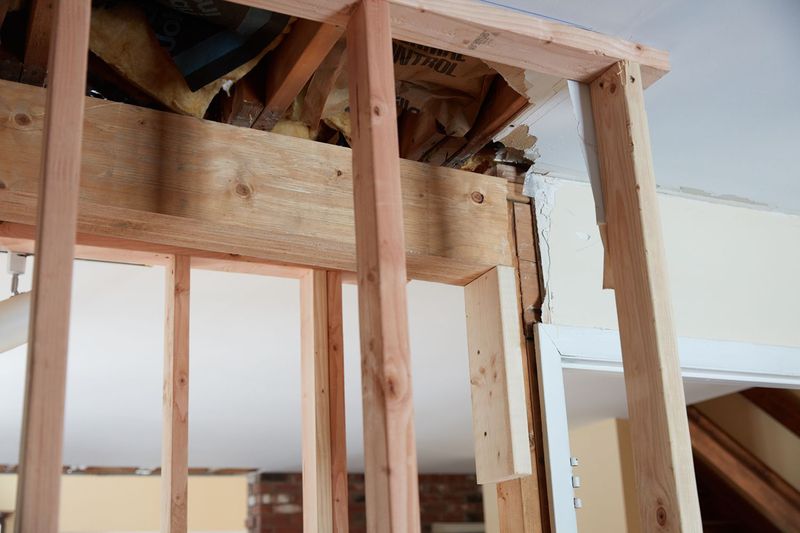
That wall you’re dreaming of removing might be holding up your entire house. Structural modifications require engineering knowledge to distinguish between cosmetic walls and load-bearing supports crucial to your home’s integrity.
Professional contractors secure necessary permits, consult structural engineers, and understand how modifications affect electrical, plumbing, and HVAC systems running through walls. They also manage proper disposal of demolished materials, which may contain hazardous substances like lead or asbestos in older homes.
The open-concept look popularized on renovation shows involves complex structural considerations. Temporary support systems must be installed while permanent beams replace load-bearing walls. This high-stakes renovation absolutely justifies professional expertise to prevent catastrophic structural failure.
4. Roof Repairs: Heights and High Stakes

Roof problems never improve with time—they cascade into extensive damage affecting everything below. Professional roofers bring safety equipment, material expertise, and fall protection systems that DIYers typically lack.
Beyond the obvious safety concerns, proper roof repair requires understanding water flow patterns and weatherproofing techniques. Professionals identify underlying damage to roof decking that might not be visible from the surface. They also provide warranties covering both materials and workmanship.
Roofing materials have evolved significantly, with specialized application requirements for modern products. Professional installation often extends manufacturer warranties. The combination of height risks, technical complexity, and potential for catastrophic water damage makes roofing work particularly ill-suited for DIY adventures.
5. HVAC Installation: Climate Control Complexities
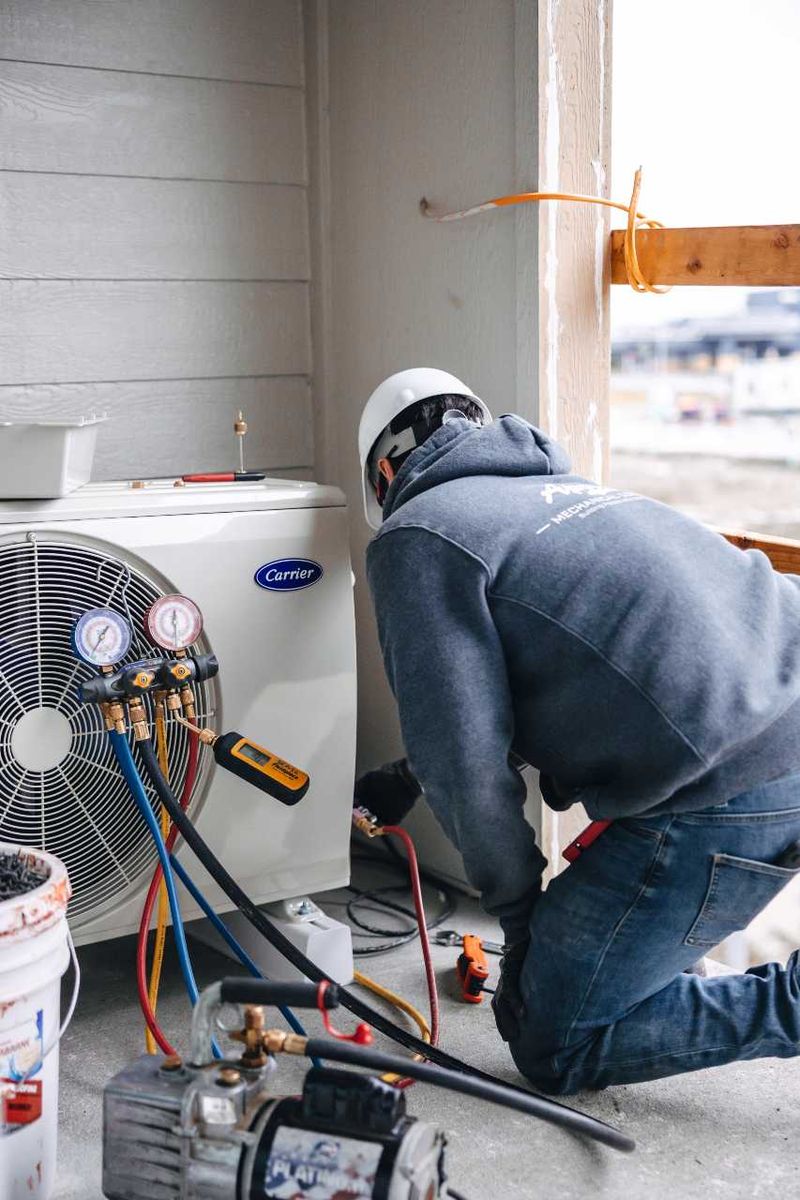
Modern heating and cooling systems represent significant investments that affect daily comfort and long-term energy costs. Professional HVAC installation ensures proper sizing, efficiency, and safe operation of these complex systems.
HVAC professionals calculate your home’s specific heating and cooling requirements based on square footage, insulation levels, and climate factors. They understand refrigerant handling regulations and electrical requirements for these powerful systems. Proper installation maximizes the equipment’s lifespan and operating efficiency.
Many jurisdictions require permits and inspections for HVAC work, which professionals handle routinely. Manufacturer warranties typically require professional installation to remain valid. The specialized tools, technical knowledge, and safety considerations make HVAC work firmly professional territory.

Comments
Loading…